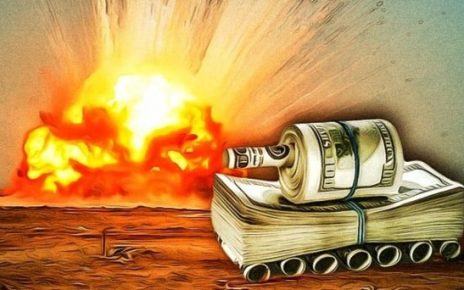A tandem effort from scientists at the University of Wisconsin and Aalto University, published in the Scientific Reports journal, brings a refreshing analysis of sleep and dream states. With the full study released for viewing (not merely the abstract, requiring purchase for the rest of the report like so many others), it allows for thorough independent research.
The study, which can be viewed here, highlights the fluctuations of conscious experience (CE) and non-conscious experience (NCE). By using EEG technology, the researchers studied the brain activity, by using the methodology of serially waking the subjects with an alarm bell up to 16 times in one night. The scientists allowed the subject to fall into an NREM (Non Rapid Eye Movement) sleep cycle for a minimum of three minutes before waking them. When awoken, the subjects were asked whether or not they had dreamt, and if they recall it. The data found roughly two-thirds of individuals being awoken from their NREM cycle reporting either a fleeting dream, or a full-fledged dream.
Perhaps not surprisingly, the results can be broken down into three categories fairly evenly: those who did not recall a dream; those who did recall a dream but could not remember the details; and those who recalled a dream with details.
Interestingly, the researchers found a correlation between “phase-locked” oscillations of electromagnetic activity from the brain (which is characterized as a low-pulse frequency when scanned) and the CE during the NREM cycle. Additionally, the study elaborated on the correlation that NREM sleep cycle data has with brain states produced by anesthesia and brain injuries, such as those that lead to comas—and while the study did of course not elaborate on this: the esoteric, metaphysical implications here are ripe for the assessing.
“Phase locked” here, represents a sense of electromagnetic engagement, meaning that in a philosophical sense: the Observer is observing. From the study, “…the loss of phase-locking to a stimulus, leads to a breakdown in the ability of the cortex to integrate information…” As the study’s EEG results and further data represented, the more phase-locked an individual’s consciousness was during their awakening, the more vivid the recollection of these experiences tended to be—suggesting a sort of electromagnetic “attunement” to the occurring dream state, or lack thereof. The further a person drifted into NCE, this period of phase-locking was shorter, and the higher their electromagnetic frequency of the subject’s brain became.
“EEG showed that the deterministic brain activity produced by magnetic pulses was notably shorter in people who did not dream, i.e. were unconscious, than in people who had dreamt. We also observed that the longer the story about the dream, the more the subject’s EEG resembled that measured from people who were awake,” researcher, Dr. Jaakko Nieminen told reporters.
For those readers familiar with the Eastern metaphysical notion of the “stream of consciousness,” and the strongly upheld notion in ancient metaphysics that the soul was left to wander the cosmos as the body slept, results of this study might prove increasingly interesting. Additionally, the philosophies of William James will lend a unique perspective to this study’s results.
While the data still needs to be heavily extrapolated here, it appears that shamanic trances of the psychedelic variety, and the intense, elaborate and even lucid dreaming is pretty much solely associated with traditional REM cycle sleeping. REM is still the primary dream factory of the sleep cycles, but dreams during NREM cycles seem to be the brain warming up to its more elaborate dream states. As the report data showed, the dreams recalled were usually significantly less elaborate and less lengthy than dreams experienced during REM. Examples of dreams given in the study were: “I was dreaming about eating cookies, there was frosting on them” and “I was talking to a sports coach.”
Ultimately, the study concluded that this engagement with the dream process of the mind during sleep was heavily contingent upon a person’s given “cortical bistability”—meaning that fluctuations in these electromagnetic brain patterns seem to be stemming from the cortex’s own synaptic regulations systems, called “synaptic gating.”
As stated above, there are many implications that have yet to be drawn from this study, but it proves to be remarkably interesting even if taken at face value.
Source: http://www.psypost.org/2016/08/study-uncovers-differences-between-brain-activity-of-people-who-dream-and-do-not-dream-44256, http://www.digplanet.com/wiki/Synaptic_gating, http://www.nature.com/articles/srep30932, http://www.iep.utm.edu/james-o/, https://theconsciousprocess.wordpress.com/2013/07/17/mindstream/




